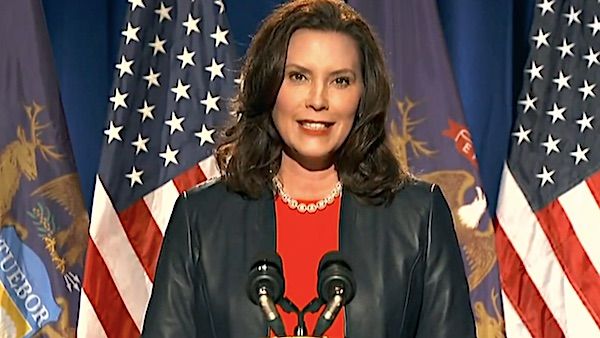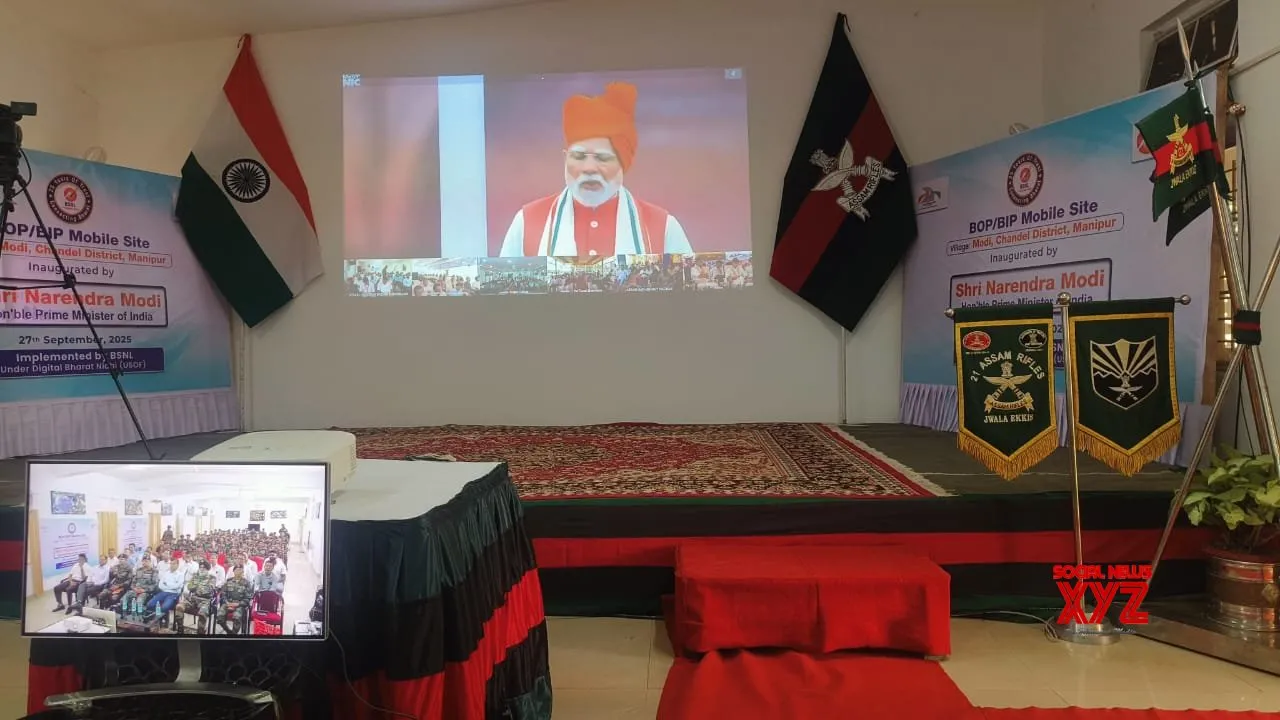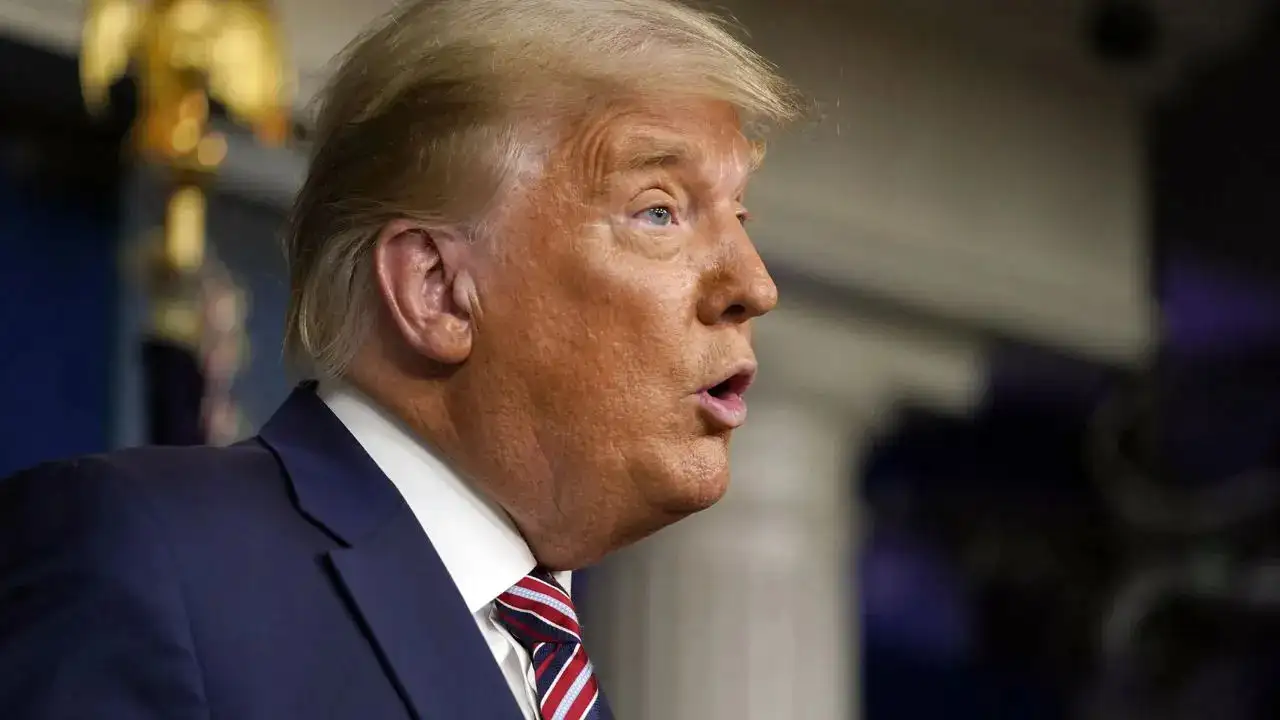Copyright wnd

In the aftermath of Charlie Kirk’s assassination, the media and Democratic Party politicians have pointed to the 2020 scheme to abduct and assassinate Michigan Gov. Gretchen Whitmer as evidence that political violence comes from both sides of the political spectrum. News organizations routinely cite the plot in a timeline of recent incidents of political violence in this country; Whitmer herself mentioned the plan to “kidnap and kill me” in a video message posted on X last week while condemning Kirk’s murder. But the two examples aren’t comparable, and not only because Gretchen Whitmer was never harmed – nor ever in any real danger. The big difference is that federal agents were involved in the very conceptualization of the plot against the governor – and in all the overt acts that led to criminal charges against an array of right-wing defendants. The defendants’ lawyers believe – and they cite voluminous supporting evidence – that if the appeals in these cases ever reach the Supreme Court, the nine justices will learn details about one of the most brazen FBI entrapment operations in U.S. history. Moreover, the timing of the original arrests suggests to some government critics that the sting represents another instance of the FBI interfering in a presidential election to sabotage Donald Trump. Arrests in the case produced shocking headlines just a few weeks before Election Day 2020 as early voting was underway in the crucial swing state of Michigan. Whitmer, Joe Biden, and Kamala Harris repeatedly raised the issue on the campaign trail; during a rally in Michigan on Oct. 16, 2020, Biden compared the Michigan group to ISIS and blamed Donald Trump for “fanning the flames of hatred.” Nearly five years later, the saga is not over. In July, Barry Croft Jr., one of two men found guilty of federal kidnapping charges in 2022, filed a petition for a writ of certiorari seeking Supreme Court review of lower courts’ decisions that led to his conviction. Solicitor General John Sauer informed SCOTUS the government would waive its right to file a response – but the court subsequently asked Sauer to file a response by Oct. 14; Croft’s petition is set for conference on Sept. 29, when justices will consider roughly 2,000 requests filed over the summer recess. Croft and co-defendant, Adam Fox, ended with a hung jury after the first trial in Michigan in April 2022; two other defendants were acquitted on all charges amid convincing evidence of FBI entrapment. The Justice Department immediately announced that it would retry Fox and Croft, and both men were convicted after a second trial in August 2022. Croft was sentenced to 19 years in prison. Fox received a 16-year sentence. Like a Broadway Show Croft is now asking the Supreme Court to review U.S. District Court Judge Robert Jonker’s decision to prohibit jurors from seeing more than 250 communications between FBI handlers, informants, and undercover employees involved in manufacturing the plot. In preparing for trial, defense attorneys discovered messages that proved the informants were taking directions from FBI agents in Detroit over the course of several months to entangle the targets in the conspiracy. (My overview of the case can be found here.) In the end, there were more FBI assets involved in the plot than the number of would-be “kidnappers.” Jonker, however, determined the communications consisted of inadmissible hearsay by ruling that FBI informants are akin to “independent contractors” whose out-of-court statements did not represent credible evidence of entrapment. (In support of this legal theory, the judge cited the movie “The Truman Show.”) While Jonker’s decision did not impact the first trial – the DOJ walked away without a single conviction on any charge in what was considered the biggest domestic terror investigation in decades – Croft’s lawyer argues that it represented the deciding factor in his client’s guilty verdict after the second trial. (Jonker also ignored allegations that the foreman of the second jury was a BLM activist who had told co-workers he planned to find the men guilty.) “Barry Croft, Jr. was one of several citizens targeted in 2020 by the FBI and a tightly controlled cohort of paid confidential agents/informants, all working together on a coordinated FBI team to ensnare these citizens in an FBI promoted ‘conspiracy’ to ‘kidnap’ Michigan’s governor, who was in on the hoax and updated regularly, all timed for splashy arrests before the November 3, 2020 election,” Timothy Sweeney, Croft’s court-appointed appellate attorney, wrote in the petition. “Like a Broadway show, government agents served as producer, director, script writer, choreographer, photographer, principal actors, and dancers. Even the supposed ‘victim’ was in on the act.” Whitmer has admitted she knew about the plot for months. Sweeney detailed how the FBI executed the scheme. The main informant, an alleged Iraq War veteran named Dan Chappel, was paid upwards of $60,000 in cash by the FBI to stitch the group together. Wearing a wire with real-time access to his FBI handlers, Chappel and the other informants – including repeat felon and longtime informant Steve Robeson – plied the mostly indigent defendants with booze and weed to provoke inflammatory conversations later used as incriminating evidence. Chappel created group chats where he suggested ways to advance the plot and get the targets to go along, which included organizing meetings and “training” camps. On behalf of the FBI, he paid for travel, meals, hotel rooms, and even offered FBI-paid credit cards with a $5,000 limit to encourage the men to make purchases such as military gear and ammunition. The FBI created a fake militia, the “III% Patriots Militia,” with Robeson as its leader. Raising the Stakes Right Before the 2020 Election In September 2020, when it appeared the ragtag group was about to disband, mostly over disdain for Croft, the FBI raised the stakes by introducing an undercover FBI agent named “Red,” who claimed expertise on how to build explosives. During another FBI-generated gathering that month, “Red” showed the group a video of an SUV destroyed by a bomb, since plans to “kidnap” Whitmer involved blowing up a bridge outside her summer cottage. The FBI produced the video. That same night, FBI assets drove their targets to Whitmer’s cottage in upper Michigan. Whitmer was well aware of the operation; she had already allowed the FBI to install pole cameras on her property to capture evidence of the so-called “reconnaissance” mission. “The FBI arranged for three cars to participate this time, all driven by FBI assets or their associates,” Sweeney wrote. (Chappel, at the time, at the behest of his handlers in the Detroit FBI field office, was trying to frame a disabled Vietnam veteran in Virginia to make similar plans against Democratic Gov. Ralph Northam.) Fourteen men were arrested on Oct. 8, 2020; six faced a federal indictment, and eight were charged by Michigan Attorney General Dana Nessel. Of the total, five men were convicted at trial, five were acquitted at trial, and four men pleaded guilty. Fuzzy Appellate Court Ruling Demands Clarity Jonker’s ruling at trial prevented jurors from understanding the full scope of the FBI’s behind-the-scenes effort to set up their targets. “The result was a trial about entrapment with defendants’ hands tied behind their backs and the jury blindfolded to critical relevant facts,” Sweeney wrote. And while the Sixth Circuit Court of Appeals in April agreed Jonker had “erred in [his] announcement and application of the rule for admissibility of informant statements,” the court held that Jonker’s decision was “harmless” to Croft since he had other ways to bring up the communications, such as taking the stand. That conclusion, the defense argues, “unconstitutionally penalized Croft for not sacrificing his Fifth Amendment privilege so that he could thereby preserve his Sixth Amendment right to present his defense.” Both Croft and Fox are incarcerated at ADX Florence, a supermax prison in Colorado that houses some of the most violent criminals in the world; they have been behind bars since their arrests in October 2020. President Trump, for his part, has mentioned the case several times in public. During a CPAC appearance in 2022, Trump described the plot as a “fake deal” and a “sting.” The following year, he criticized the harsh sentences imposed by Jonker. “I followed the Whitmer Kidnapping Hoax (a weak case!), and saw all of those who were exonerated, and now they’re putting a man in jail for almost 20 years for something that never happened to a corrupt Governor? This was a sting operation!” Trump posted on Truth Social in 2023. A reporter asked the president this past May whether he would consider pardoning Fox and Croft. Trump was, although he said the matter had been brought to his attention several times. “It looked to me like a railroad job,” Trump said. “A lot of people think they got railroaded.” With trust in American institutions, including the DOJ, FBI, and federal court system, at an all-time low, the Supreme Court has a chance to, at the very least, bring attention to the abusive tactics by both government officials and judges, inexorably stripping away constitutional rights to help Democrats produce political narratives.



